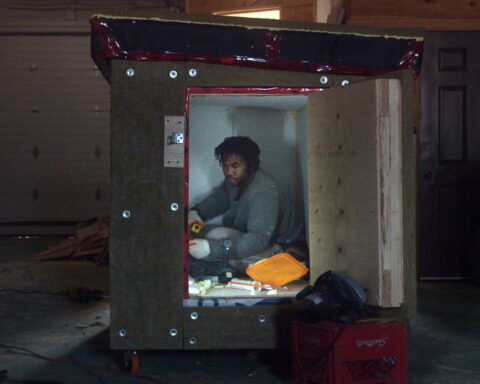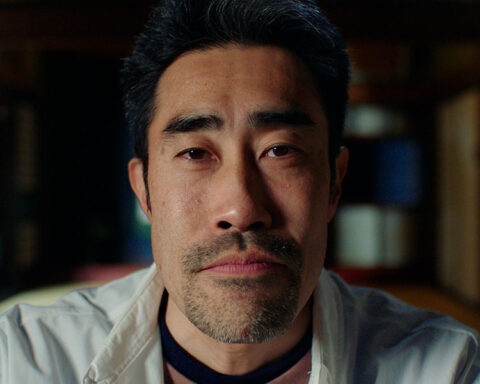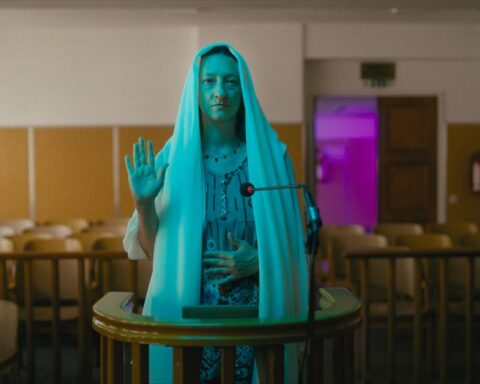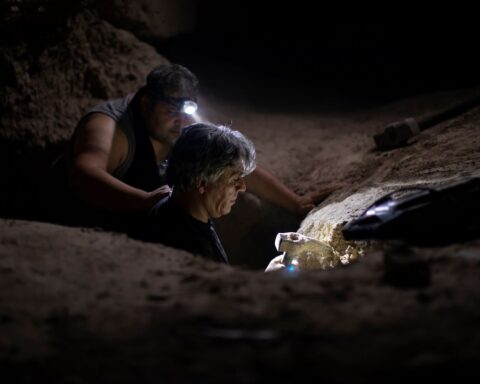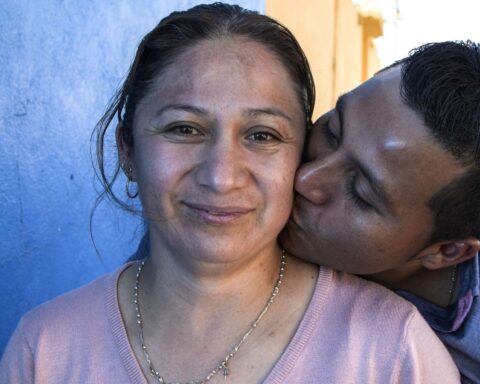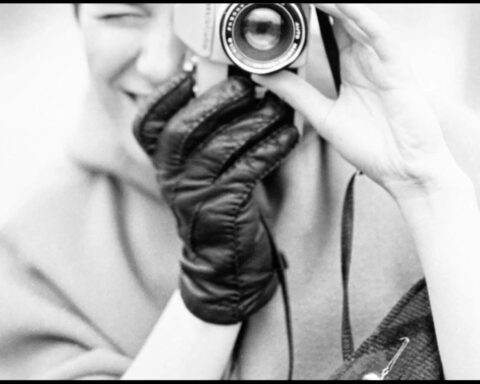The Woman Who Left (Ang Babaeng Humayo)
(Philippines, 227 min.)
Written and directed by Lav Diza
Starring: Charo Santos-Concio, John Lloyd Cruz
Programme: Wavelengths (North American Premiere)
Lav Diaz’s epic films are often compared to Russian novels, and his new film, The Woman Who Left, is inspired by a Tolstoy short story. But The Woman Who Left is pure Fassbinder—an exquisite melodrama that builds to moral and social critiques featuring a dramatis personae of colourful, traumatized outcasts.
A woman, Horacia, is freed after thirty years of wrongful imprisonment and sets out to find her children and the ex-boyfriend who masterminded the framing that put her in prison. On the way, she connects with a handful of down-and-outers—a hunchbacked balut hawker, a girl with a perpetually dirty face obsessed with demons, and, most vividly, a self-destructive cross-dressing epileptic who goes under the name Hollanda. Set to a soundtrack of fear mongering news reports of abductions of rich people, Diaz explores both the rampant inequality endemic to Filipino society and the existential complexities of purposeful revenge and Christian forgiveness.
The nearly four-hour, black-and-white film pairs that picaresque plot with a stark, contemplative aesthetic that calls to mind 1930s social realism—Renoir, Ozu—as much as the work of contemporary still-camera long-take masters like Hou Hsiao-Hsien. This is endurance as praxis: its sheer length makes it a mind-altering experience, while the longest takes in the film plunge us into the characters with almost unbearable intensity. Nowhere is this more vivid than in Horacia and Hollanda’s first encounter. It’s night: Horacia watches Hollanda drunkenly dancing in the street from a distance for several minutes. Suddenly, Hollanda collapses into a seizure. She rushes to cradle and hold him until he comes around, giving him money as he leaves. The whole incident is probably around fifteen minutes long, consists of no more than three shots that mostly obscure the actors’ faces and contains almost no dialogue apart from Hollanda’s splutters and groans. And it is sublime.
Another example is the film’s joyous centrepiece. Hollanda has moved in with Horacia after an ugly incident on the street. It is some time before he is well enough to walk around. One night, Horacia finds Hollanda dancing around the living room singing “Sunrise, Sunset” from Fiddler on the Roof. Together they finish the song and Horacia tries to teach Hollanda “Somewhere” from West Side Story before Hollanda takes over again with another song, gleefully prancing around the room. This utterly charming scene takes place in one, spellbinding, static shot.
Horacia finds her daughter almost immediately after her release from prison, but she quickly leaves to seek revenge on Rodrigo Trinidad, the aristocratic man who framed her. She finds him soon enough, and the bulk of the film consists of her contemplating how to proceed. The hunchback, the girl obsessed with demons and Hollanda become a sort of surrogate family. The latter is the most suggestive—hints are dropped throughout that he is, in fact, Horacia’s son. It’s a suspicion that is dispelled only when he talks about how he got his name: his mother spun a globe and pointed her finger to stop it, landing on Holland. The story is ludicrous, of course—Hollanda is biologically male—and is revealed as a lie later on when Hollanda gives his real name.
But is that even his real name? Could he not, after all, be Horacia’s son? When, at the end, Horacia leaves for Manila and plasters the city with missing-person posters, to no avail, the hollowness of this epilogue suggests that, biology notwithstanding, Horacia had already found her son. Her continued search is doomed by design—a sort of self-imposed prison.
The idea of prisons persists throughout the film. While Horacia has been freed from her prison, the aristocrats, it is implied, are stuck in prisons of their own making, behind fences and guards, terrified of the spectre of abduction, rape and ransom. The news constantly reinforces the aristocrat’s fears, and the slightest step outside their doors would reveal worse fates. Horacia’s hunchback friend speaks of having been raped and his father murdered; Hollanda is raped and savagely beaten; Horacia herself beats an abusive mother. The rich are kept prisoner by fear, the poor by their poverty. As for Horacia, the film’s baroque conclusion has her stumbling around in a circle on top of a floor strewn with her missing-person posters. Meanwhile, a rare poetic voiceover talks about hope. Horacia isn’t looking for her son: she is stubbornly looking for hope—yet another prison.
Ultimately, the film seems to advocate a sort of Christian forgiveness for both external and internal transgressions. Just as Horacia lets go of her desire for revenge, the film seems to say, she has to let go of her own hope of finding her son to focus instead on what she has already done throughout the film: work to improve the lives of the poor.
If all that—the emotional extremes, the blunt symbolism, the joyous set-pieces, the (possibly) mistaken identities, the cast of ordinary folks hard on their luck but with hearts of gold—feels a bit melodramatic, well, it is. Exquisitely so.




